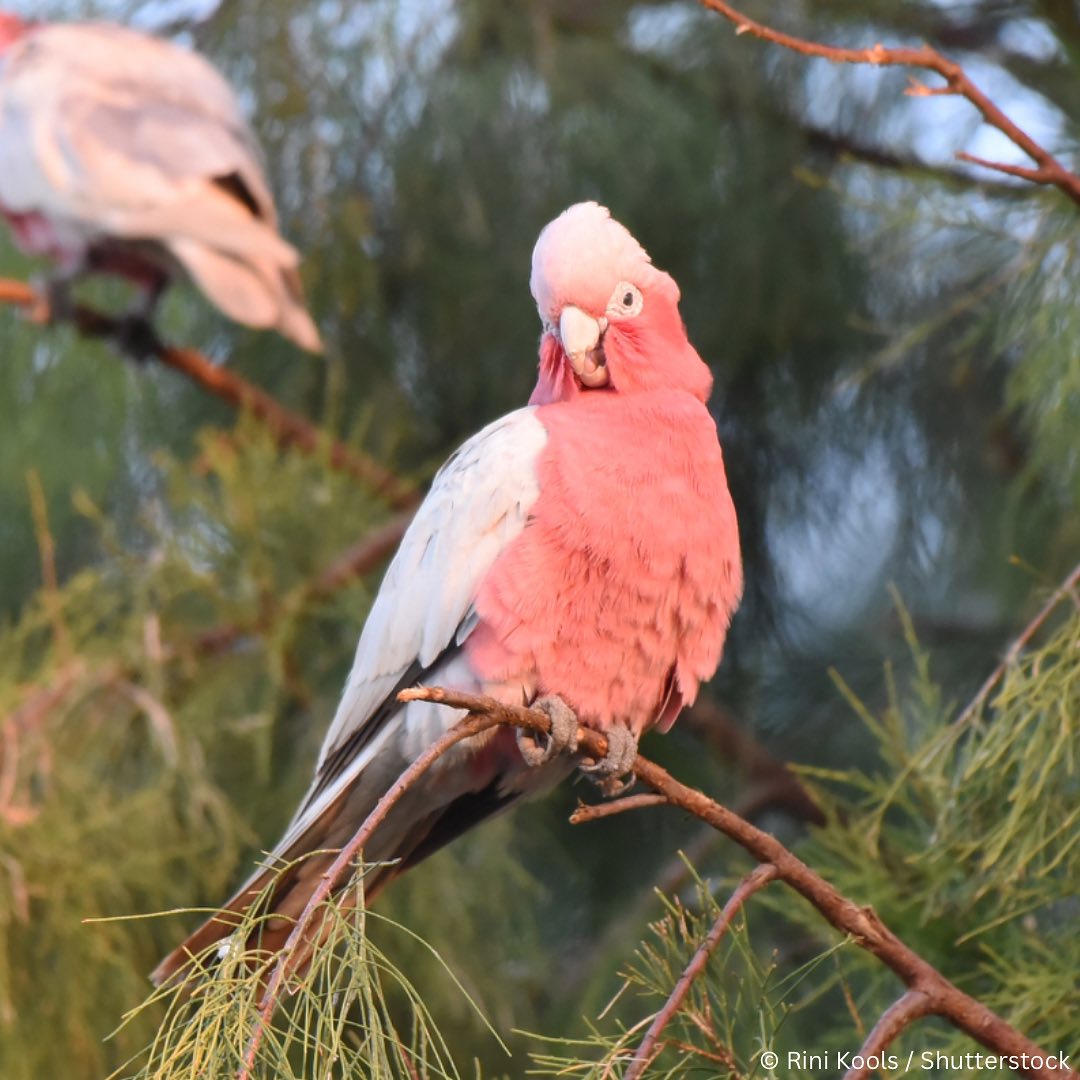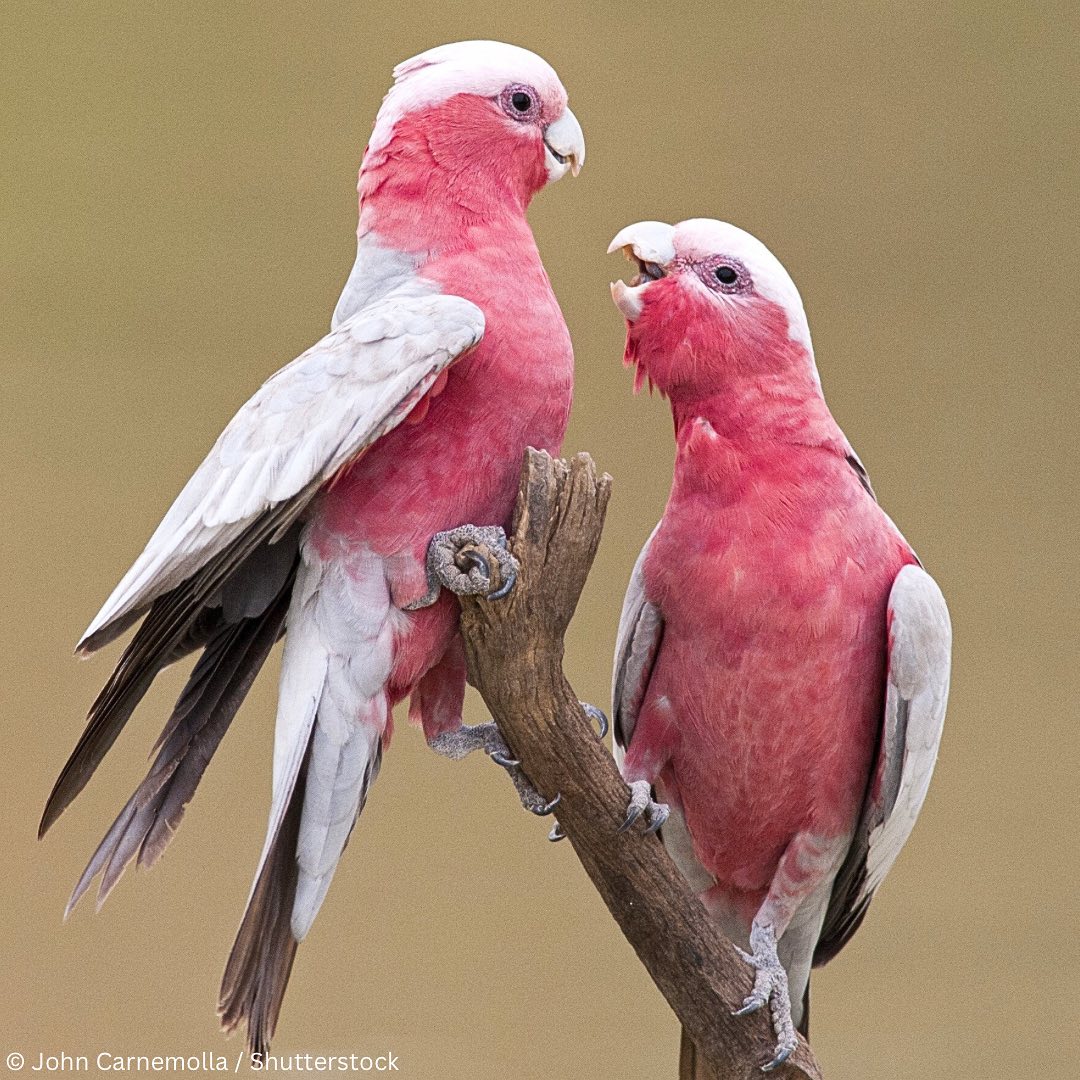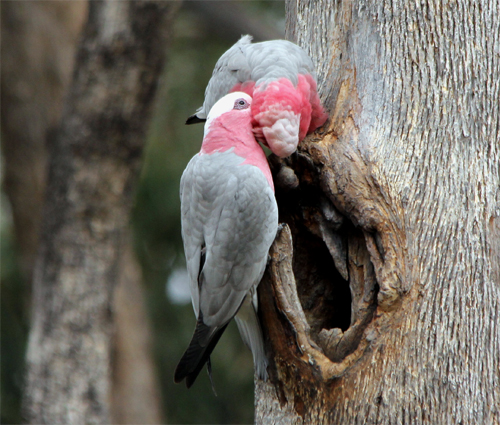The Pink Galah, also known as the Rose-breasted Cockatoo, is a striking and common bird found throughout Australia. Easily recognizable by their bright pink and gray plumage, these birds are a delight to observe. The Pink Galah’s head, neck, and underparts are a vibrant pink, while its back, wings, and tail are a soft gray. Their distinct coloration, combined with their playful and social behavior, makes them one of Australia’s most beloved and iconic birds. Galahs are highly adaptable and can be found in a variety of habitats, including woodlands, grasslands, and urban areas.

Pink Galahs are highly social creatures, often seen in large, noisy flocks. They are known for their acrobatic flight patterns and playful antics, such as hanging upside down from branches or performing aerial somersaults. These birds have a varied diet that includes seeds, nuts, fruits, and insects. They are also known to forage on the ground, often in open fields or along roadsides. Galahs form strong, lifelong pair bonds, and can often be seen preening each other or sitting closely together. During the breeding season, they nest in tree hollows, where they lay and incubate their eggs.




While Pink Galahs are widespread and abundant, they face several threats, including habitat loss and competition for nesting sites. Urbanization and agricultural development have reduced the availability of natural habitats and nesting sites, forcing Galahs to adapt to more urban environments. Additionally, they sometimes come into conflict with farmers, as they are known to feed on crops. Conservation efforts are focused on preserving natural habitats and promoting coexistence between Galahs and human populations.



Despite these challenges, the Pink Galah remains a resilient and adaptable species, continuing to thrive across much of Australia.